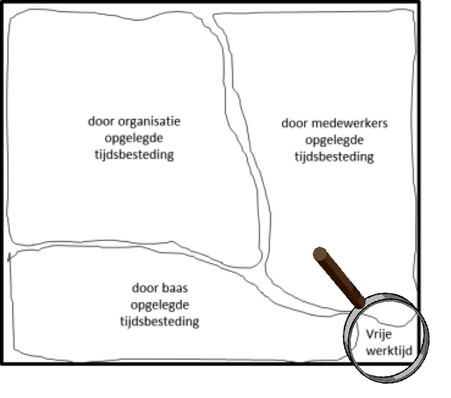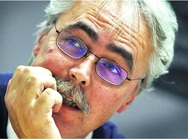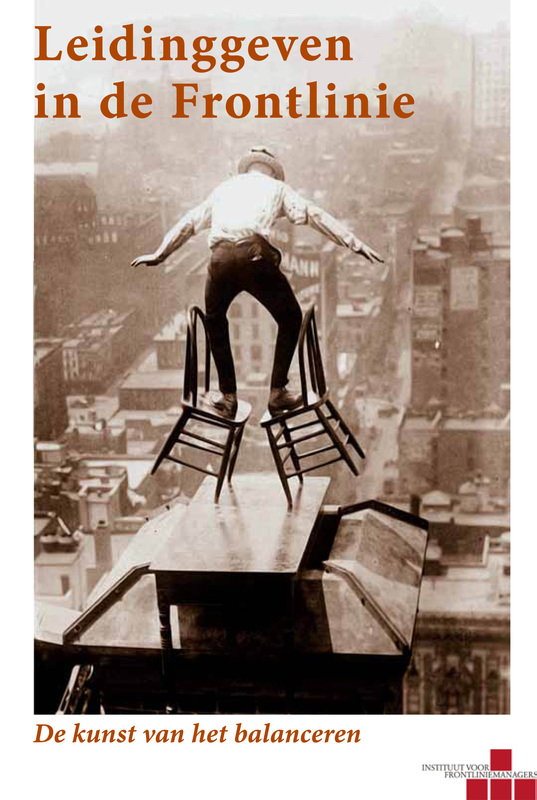|
John P. Kotter heeft eens een beschrijving gemaakt van een typische werkdag in het leven van een manager: 7:35a.m. Michael Richardson arrives at work after a short commute, unpacks his briefcase, gets some coffee, and begins a to- do list for the day. 7:40 Jerry Bradshaw arrives at his office, which is right next to Richardson’s. One of Bradshaw’s duties is to act as an assistant to Richardson. 7:45 Bradshaw and Richardson converse about a number of topics. Richardson shows Bradshaw some pictures he recently took at his summer home. 8:00 They talk about a schedule and priorities for the day. In the process, they touch on a dozen different subjects relating to customers and employees. 8:20 Frank Wilson, another subordinate, drops in. He asks a few questions about a personnel problem and then joins in the ongoing discussion, which is straightforward, rapid, and occasionally punctuated with humor. 8:30 Fred Holly, the chair of the firm and Richardson’s boss, stops in and joins in the conversation. He asks about an appointment scheduled for 11 o’clock and brings up a few other topics as well. 8:40 Richardson leaves to get more coffee. Bradshaw, Holly, and Wilson continue their conversation. 8:42 Richardson comes back. A subordinate of a subordinate stops in and says hello. The others leave. 8:43 Bradshaw drops off a report, hands Richardson instructions that go with it, and leaves. 8:45 Joan Swanson, Richardson’s secretary, arrives. They discuss her new apartment and arrangements for a meeting later in the morning. 8:49 Richardson gets a phone call from a subordinate who is returning a call from the day before. They talk primarily about the subject of the report Richardson just received. 8:55 He leaves his office and goes to a regular morning meeting that one of his subordinates runs. About 30 people attend. Richardson reads during the meeting. 9:09 The meeting ends. Richardson stops one of the people there and talks to him briefly. Enz. Enz. Dit gaat dus zo de gehele dag door (de volledige beschrijving van de werkdag staat in de download (What Effective General Managers Really Do by John P. Kotter). De dagelijkse tijdsbesteding van een manager kun je grofweg als volgt onderverdelen: 1. door je baas opgelegde tijdsbesteding 2. door je collega’s, klanten of leveranciers opgelegde tijdsbesteding 3. door de organisatie/het werkproces opgelegde tijdsbesteding 4. door je medewerkers opgelegde tijdsbesteding 5. last but not least : door jezelf te bepalen en in te vullen tijdsbesteding ( ‘vrije werktijd’) Als je vanuit deze optiek de tijdsbesteding zou moeten visualiseren, dan krijg je grofweg onderstaand plaatje: Herkenbaar? Ongetwijfeld zijn er wat variaties, maar het zou me echt verbazen of uw plaatje fundamenteel anders zou zijn. Uit alle onderzoek naar wat ‘managers really do’ komt iets als bovenstaande. Dus …… kan het anders? Nog specifieker: is het sowieso mogelijk dat de hoeveelheid Vrije Werktijd (wat mij betreft het ultieme doel van timemanagement is, maar dat is een ander verhaal) een hele grote portie in beslag neemt van uw eigen tijdsplaatje? Het antwoord is ja. Zie het volgende tijdsplaatje van een echte manager. Zeeën vol vrije werktijd! Van iemand die weggepromoveerd is? Nee, het is het plaatje van een directeur van een olieraffinaderij. Die nota bene golf speelt onder werktijd! Meet the Master of Time!
0 Comments
Leave a Reply. |
Visit also
|
||||||||||||||||||
| leidingeven-lr.pdf | |
| File Size: | 765 kb |
| File Type: | |
Archives
December 2021
September 2021
February 2019
June 2018
November 2017
October 2017
January 2016
December 2015
June 2015
February 2015
November 2014
October 2014
February 2014
January 2014
October 2013
September 2013
July 2013
May 2013
March 2013
February 2013
October 2012
July 2012
May 2012
April 2012
March 2012
February 2012
December 2011
October 2011
September 2011
April 2011
February 2011
January 2011
December 2010





